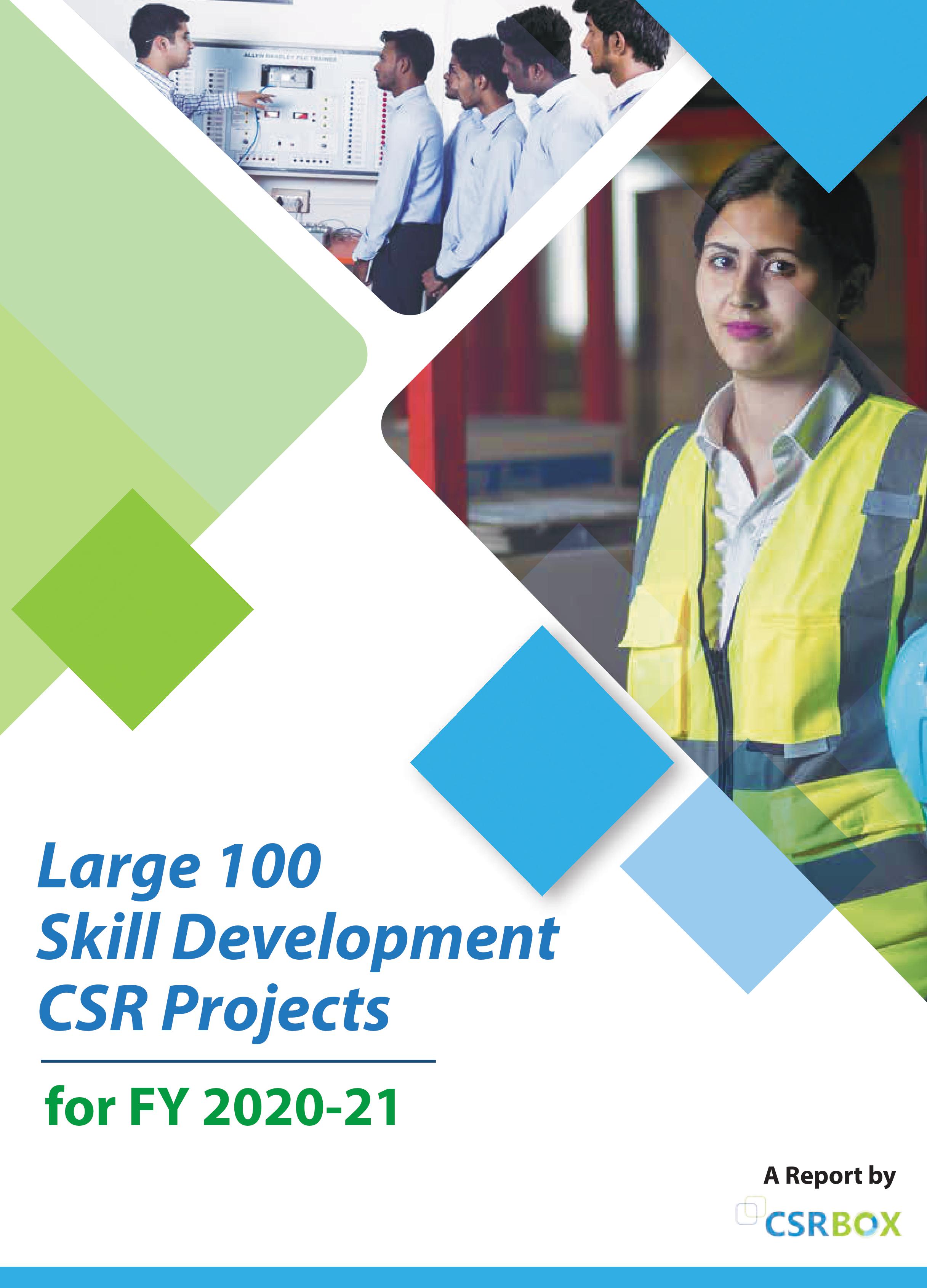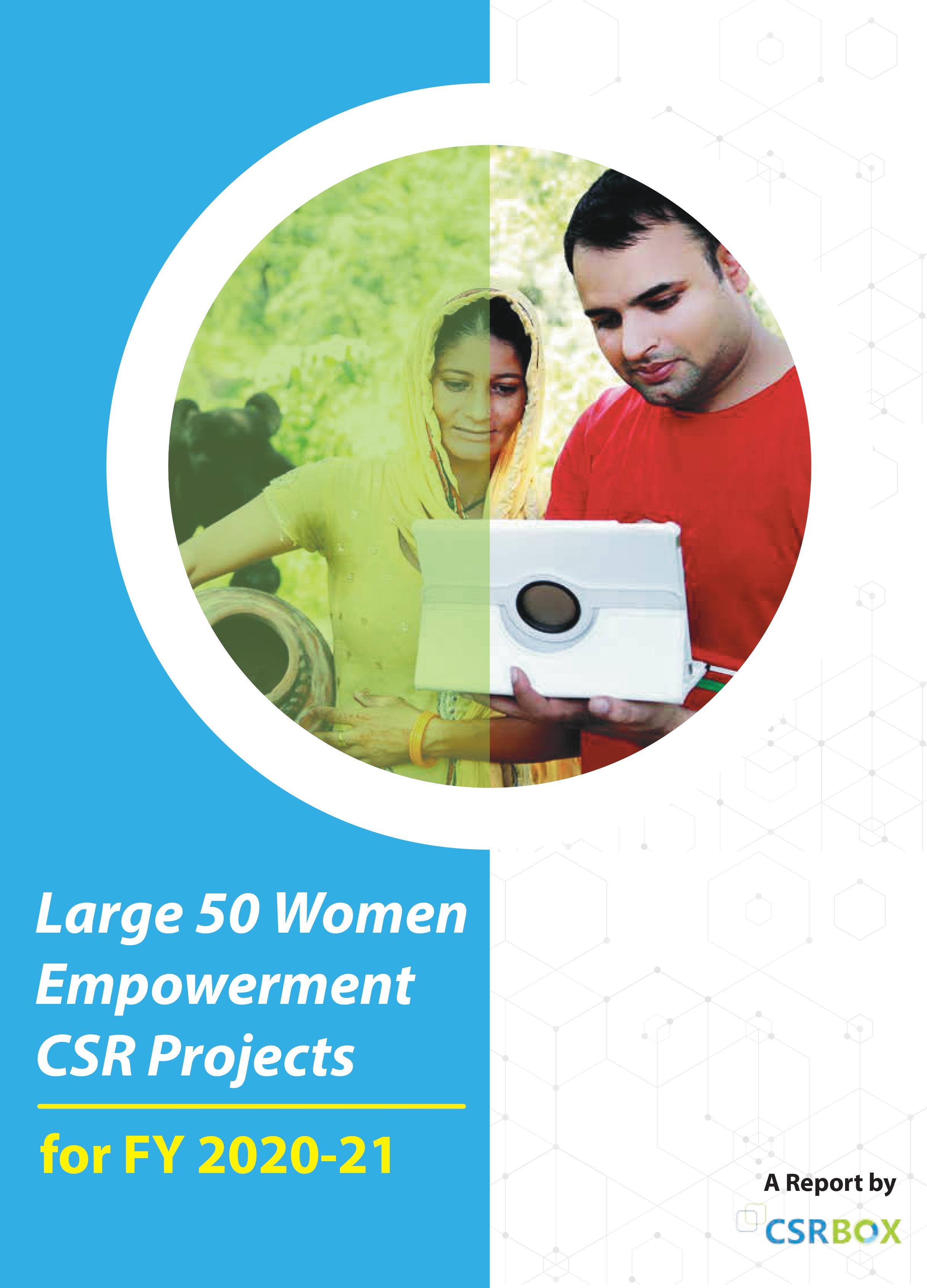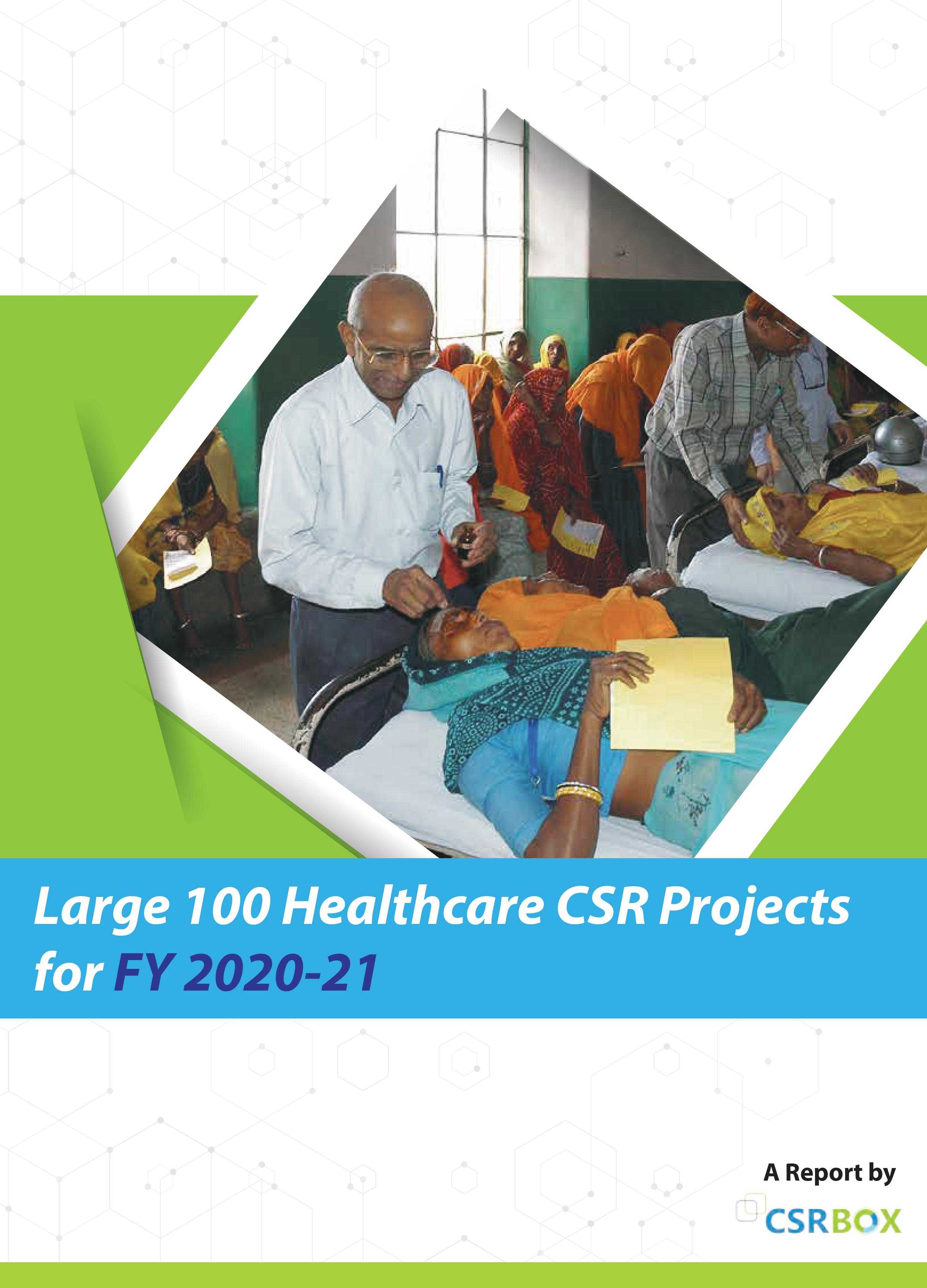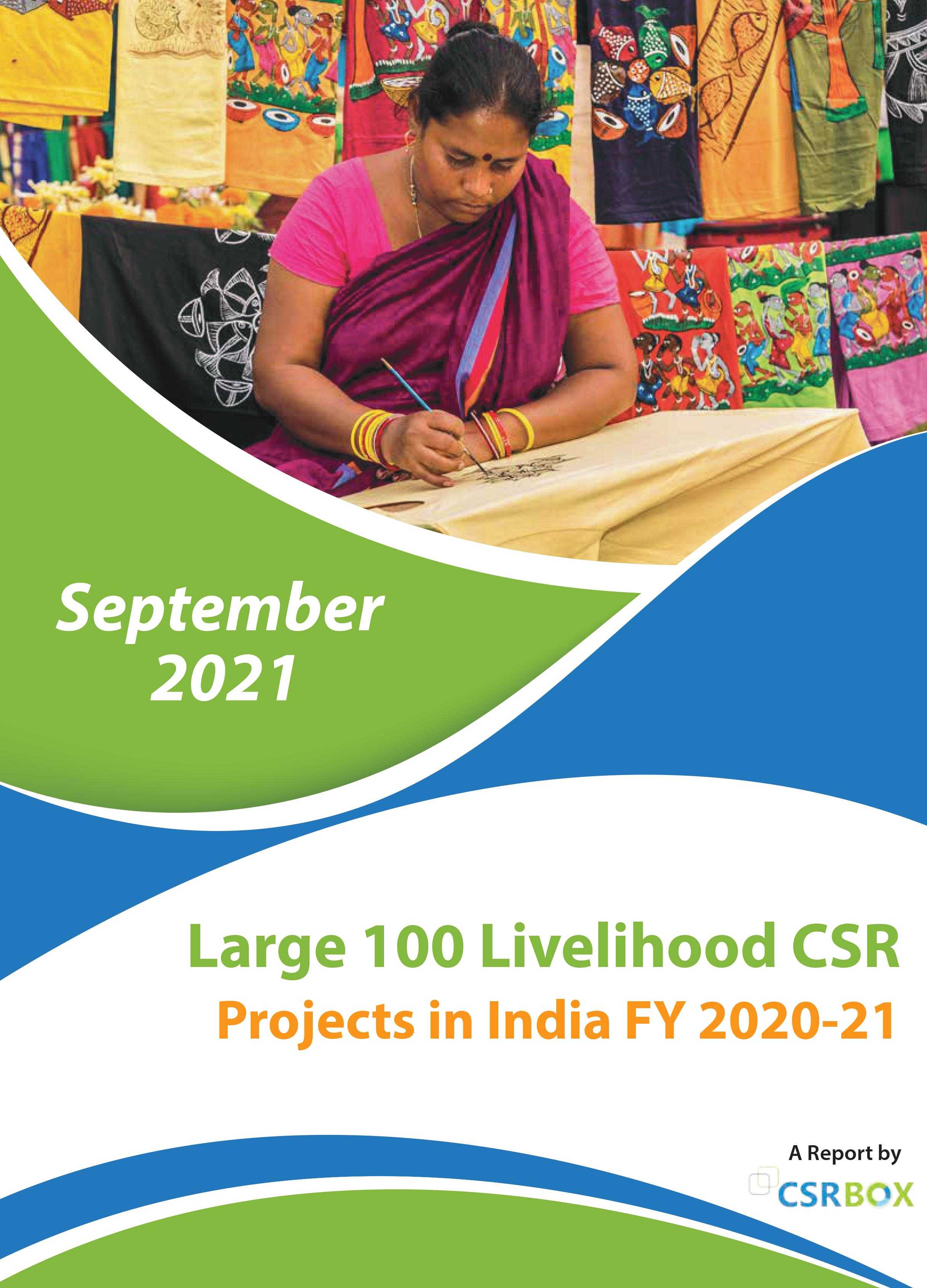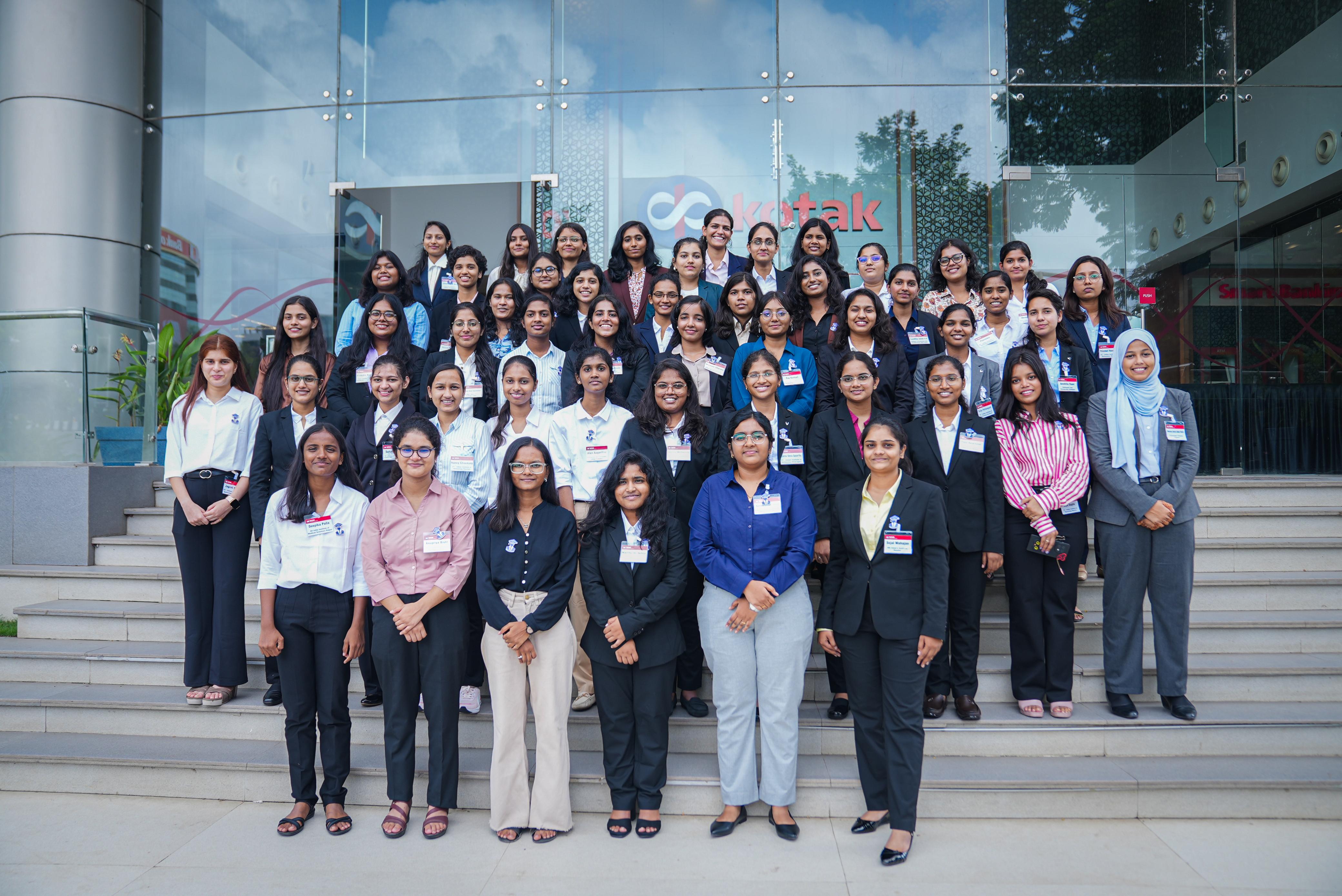Subscribe our Weekly Newsletter
EOI - Development of devices and drugs for fully automated insulin delivery at meals

Organization: Breakthrough T1D
Apply By: 17 Sep 2024
About the Organization
Founded in 1970 by families whose loved ones had been diagnosed with type 1 diabetes (T1D), Breakthrough T1D is a tax-exempt nonprofit 501(c)3 organization. As the leading global type 1 diabetes research and advocacy organization, we help make everyday life better while driving toward cures. We are opening doors that were once closed by T1D diagnosis. We lead the way to more effective solutions by connecting the brightest minds to advance treatments, influence policy, and improve access to care. By driving innovation forward, we will make T1D a thing of the past.
About the Proposal
Purpose
Breakthrough T1D is a longstanding supporter of automated insulin delivery (AID) systems. Today’s commercially available AID systems are hybrid closed loop (HCL), meaning they require manual management of insulin dosing around meals, exercise, and other events that cause significant changes to glucose levels. Fully closed loop (FCL) systems that automate insulin delivery with no need for manual input from the user can reduce the burden of living with T1D and achieve superior glycemic outcomes. Toward the ultimate goal of achieving completely FCL AID systems, Breakthrough T1D invites letters of intent to develop technologies to allow for automated insulin delivery at meals.
Background
Today there are a number of AID systems commercially available globally. These HCL systems significantly improve glycemic outcomes and reduce the burden of diabetes management. However, the quality-of-life improvements conferred by today’s AID systems are limited by the requirement for manual user inputs to handle glucose changes associated with meals. Systems that can fully automate insulin delivery around meals promise to improve the experience of people already using AID systems and encourage others to try AID systems for the first time. Additionally, the vagaries of insulin action and glucose metabolism make it nearly impossible for users to perfectly calculate and time insulin doses before meals, and meal boluses are frequently late or missed altogether, especially among adolescentsi . Thus, for many, automated insulin delivery around meals is expected to improve glycemic outcomes like HbA1c and time in range.
Several types of technologies hold promise to achieve automated insulin delivery around meals. One is algorithms that can either anticipate or quickly recognize meals and deliver appropriate insulin boluses. Another is adjunctive (i.e. non-insulin) therapies that can diminish and/or delay post-prandial glucose excursions; insulin-pramlintide co-formulations fall into this category. A third approach is ultra-rapid insulin (URI). Currently available subcutaneous insulins lag behind endogenously produced insulin in both onset and offset of activity, leading to post-prandial glucose excursions and delayed hypoglycemia. A sufficiently fast-acting subcutaneous URI has the potential to enable an algorithm to cover mealtime glucose excursions without a meal announcement. These three approaches are not mutually exclusive, and ultimately the best AID system with automated delivery around meals may require a combination of advanced algorithms and drugs. This RFA is intended to solicit projects to develop AID systems that are fully automated around meals, or the individual components that comprise them.
Product features
This RFA is intended to support the development of AID systems, or components of an AID system, with the following features:
- No user interactions, even simple meal announcements, required for adequate coverage of typical meals and snacks
- AID systems must manage mealtime glucose excursions while mitigating the risk of delayed hypoglycemia and hyperglycemia
- The system must not impose additional burdens on users (for example, additional external wearables), and would ideally improve upon current levels of usability.
- AID systems developed for a target population that includes people not currently achieving recommended glycemic targets, rather than just the most highly engaged users already achieving optimal glucose outcomes, will be prioritized. For example, new systems should be minimally complex, and trials should include people currently achieving suboptimal glycemic outcomes (e.g. high A1c, low time in range), as feasible
Objectives
Letters of intent (LOIs) are sought from academic and industry applicants to develop AID systems with the features listed above, or to develop components of such systems (e.g. rapid-acting insulins) that will be incorporated into AID systems in the future. Examples of research appropriate for this RFA include, but are not limited to:
- Preclinical development of URIs, either novel insulin analogs or existing analogs in novel formulations, designed to be “fast-on, fast-off”. While the ultimate goal must be incorporation into an AID system, Breakthrough T1D will consider supporting development efforts that must be completed first, such as pharmacokinetic studies in animal models outside the AID context. URIs in any stage of development are eligible for funding, but priority will be given to projects supporting insulins that have been validated in animal models.
- Clinical development of URIs, including trials to investigate pharmacokinetics/pharmacodynamics and/or assess efficacy in an AID context without meal announcements.
- Clinical development of adjunctive therapies that normalize prandial blood glucose excursions, alleviating the need for announcements of meals. Adjunctive therapies may be either co-formulated with insulin or stand-alone products, and may be designed for T1D or repurposed from other indications.
- Clinical development of AID algorithms that forego the requirement for meal announcements. Only trial-ready algorithms with strong preliminary data (e.g., from simulations or previous clinical trials) will be considered for funding.
- Clinical development of an AID system composed of more than one of the above approaches (URI, adjunctive therapy, algorithm).
- Trials in populations most likely to clinically benefit from full mealtime automation of insulin delivery.
- Trials of AID systems with full automation at mealtime focused on capturing measures of user experience in addition to blood glucose and other clinical endpoints.
- Other innovative approaches aligned with the goal of developing AID systems with full automation around meals.
Examples of research not covered by this RFA include:
- Development of technologies that will enable improved HCL systems requiring meal announcements.
- Decision support tools that require user input.
- Development of systems to enable fully automated delivery of insulin only around exercise or other periods of rapid glycemic change, and not meals.
- Development of glucose responsive insulins.
Deliverables
• Projects should be designed to achieve key inflection points appropriate to project duration, budget, and initial stage of development.
Applicants are encouraged to consult with the Breakthrough T1D Scientific Staff below to discuss the alignment of their proposal to this RFA and to develop the projected study concept.
Critical considerations
- Projects must address automated insulin delivery around meals. Projects that address automated insulin delivery around exercise and other events that disturb glucose levels in addition to meals will also be considered
- Clinical trials testing AID systems that handle meals without user input should capture endpoints around user experience when appropriate for the trial design. Collaboration with experts in patient reported outcomes (PROs) is essential.
- Breakthrough T1D strongly encourages applications from industry.
- Breakthrough T1D supports collaborative approaches, including between academic applicants and industry partners.
- Breakthrough T1D encourages proposals that seek to leverage existing or planned projects (e.g. proposals that add resources to projects with funding from other sources).
- It is the responsibility of the applicant to obtain drug for their study. Breakthrough T1D funding will be contingent on a written commitment from the drug manufacturer to provide study drug and placebo.
- The feasibility of future commercial and regulatory paths will be a key part of the proposal and carefully considered as part of Breakthrough T1D’s funding decision. This may include compatibility of proposed technologies with other AID components.
- Clinical studies should recruit a diverse population representative of the real world in terms of ethnicity, socioeconomic status, and other demographic features.
Clinical studies
• Breakthrough T1D follows the U.S. National Institutes of Health (NIH) guidelines for studies including human subjects, including the common rule changes.
Eligibility
Applications may be submitted by domestic and foreign non-profit organizations, public and private, such as universities, colleges, hospitals, laboratories, units of state and local governments, and eligible agencies of the federal government. Applicants must hold an M.D., D.M.D., D.V.M., Ph.D., or equivalent and have a faculty position or equivalent at a college, university, medical school, or other research facility. Please note that applications from for-profit entities or industry collaborations with academia may be submitted to this RFA; however, additional information will be requested from forprofit entities if a full application is invited. There are no citizenship requirements for this program. To assure continued excellence and diversity among applicants and awardees, Breakthrough T1D welcomes applications from all qualified individuals and encourages applications from persons with disabilities, women, and members of minority groups underrepresented in the sciences.
How to Apply
Letter of intent Prospective applicants should submit a LOI online via Breakthrough T1D’s grants management system, RMS360, to be considered for a full proposal request. Applicants must use the LOI template provided in RMS360 to complete the LOI. Applicants will be notified according to the timeline below if they have been approved to submit a full application.
Letters of intent should use the template provided and include the following information:
- Background/rationale, preliminary data and references to relevant publications, specific aims, project deliverables, collaborative framework if applicable
- Description of how the proposed technology will enable fully automated insulin delivery around meals
- Development plan with timeline for advancing the technology through pre-clinical and clinical development
- Proposals for clinical studies should include available details on the status of ethical and regulatory plans, protocol development, selection of recruitment site(s) and plans for clinical operations
- Intellectual property or commercial efforts associated with the current application, including a list of existing business partnerships relevant to the proposed work
- Estimated budget (total and yearly)
Proposal An approved LOI is required prior to submission of a full proposal. Upon notification of an invitation to submit a full proposal, the application must be completed using the templates provided on RMS360. Complete information should be included to permit review of each application without reference to previous applications.
LOI Deadline: Tuesday, September 17, 2024
For more information please check the Link
Latest Online Store
Latest Grants
Latest News
© Renalysis Consultants Pvt Ltd















